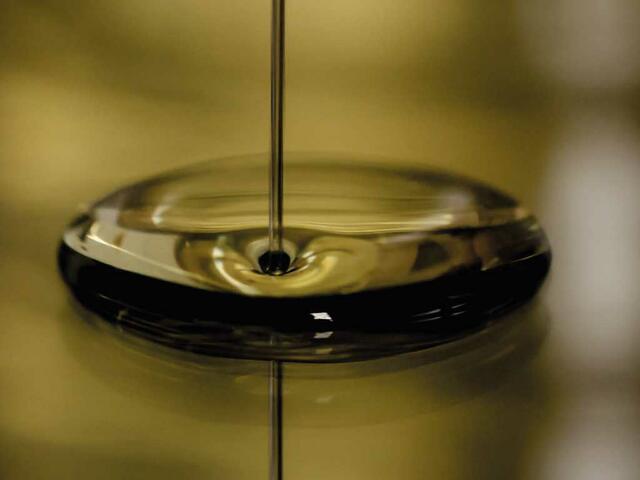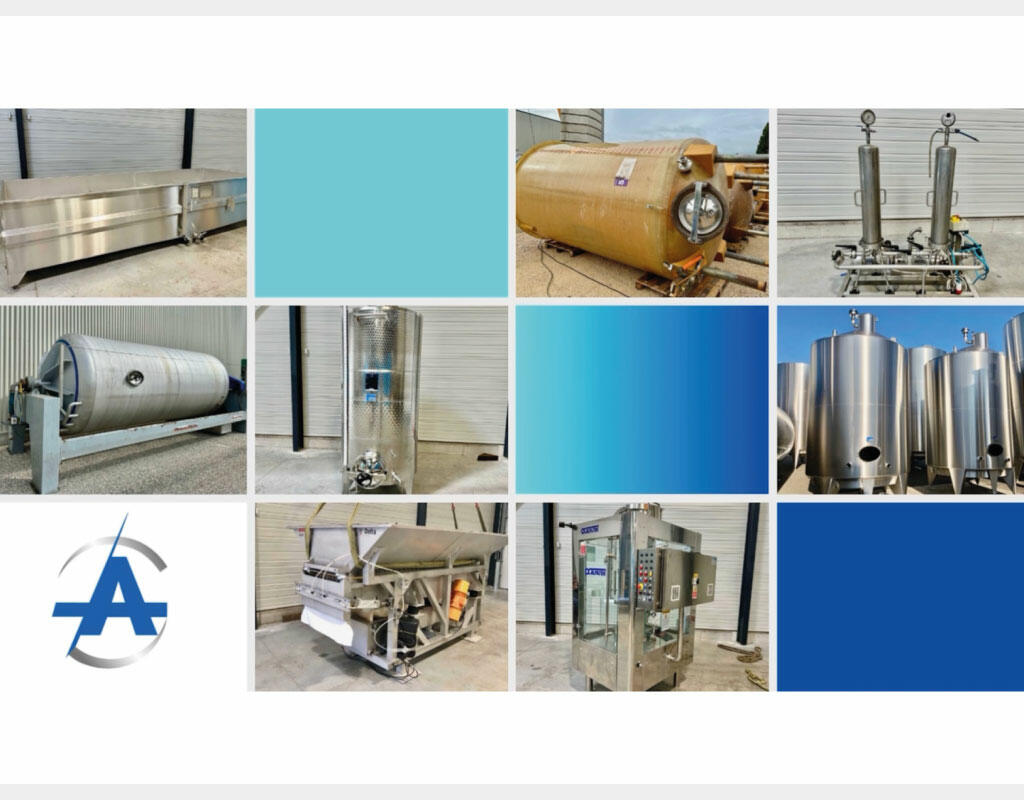Production of edible oils and storage solutions
A strategy of excellence
In the food industry, the preservation and processing of edible oils requires appropriate equipment to ensure safety, hygiene and quality. Among the most popular solutions, stainless steel tanks stand out for their many advantages. Used to store, mix, process and treat edible oils, they offer optimum performance in terms of durability, safety and ease of maintenance.
A solution adapted to different types of food oils
Stainless steel tanks are used for a wide variety of edible oils, including olive, rapeseed, sunflower, sesame, linseed, hemp and walnut. Each type of oil has specific storage and processing requirements, making the choice of equipment essential for preserving their quality.
Why choose a stainless steel tank to store oil?
- Corrosion resistance :
Edible oils, whether vegetable or animal, can be subject to oxidation. Stainless steel, particularly alloys such as 304 or 316L, resists corrosion and prevents any deterioration of the stored product. - Hygiene and food safety :
Stainless steel's smooth, non-porous surface prevents the growth of bacteria and facilitates cleaning, ensuring compliance with the most stringent health standards. - Neutral taste and odour :
Stainless steel does not transfer any flavour or odour to the oils, guaranteeing their purity and authentic taste. - Protection from the elements :
Oils are sensitive to temperature changes, oxidation and contamination. Stainless steel helps to maintain a stable, protected environment, extending the life of the oils.

How a stainless steel tank optimises edible oil storage?
At several stages in the edible oil production process, stainless steel tanks are used :
- Storage : Oils can be stored in optimum conditions, protected from light and oxidation.
- Mixing and emulsification : Some tanks are equipped with agitators to homogenise oils or mix them with other substances.
- Filtration and decanting : Some tanks are equipped with filtration systems to eliminate impurities and ensure the quality of the oil.
- Heating and cooling : Temperature-controlled models are designed to adjust the temperature of the oils according to the processing requirements.
Options for customisation and integrated technologies
Stainless steel tanks can be fitted with advanced features to optimise the storage and processing of edible oils:
- Heating and cooling systems, to adjust the temperature according to the specific requirements of each oil.
- Agitators, to maintain perfect oil homogeneity, particularly for vegetable oils.
- Cleaning-in-place (CIP) systems for optimum hygiene and simplified maintenance.
- Conical bottoms and special valves for efficient oil draining and discharge.
- 304 and 316L stainless steel tanks for demanding industrial conditions.
A Key Role in the Storage and Packaging of Edible Oils
After extraction, storing the oils in stainless steel vats is an essential step in preserving their nutritional and taste qualities. These vats ensure :
- A stable environment, protected from oxidation and contamination.
- Precise control of storage conditions, extending shelf life.
- Consistent quality all the way through to bottling, ensuring a flawless end product for the consumer.

a profitable and environmentally-friendly investment
Although the initial investment in stainless steel tanks may be higher than for other materials, their durability and low maintenance costs make them a cost-effective solution in the long term. What's more, stainless steel is 100% recyclable, reducing environmental impact and contributing to sustainable development.
The adoption of stainless steel tanks in the production of edible oils represents much more than a simple storage choice. It embodies a commitment to excellence, combining tradition and technological innovation to meet the expectations of modern consumers in search of authentic, healthy products.
Stainless steel tanks are an essential solution for industries and craftsmen in the edible oil sector. Their robustness, compliance with health standards and versatility make them the equipment of choice for guaranteeing the quality of oils, from production to consumption. Investing in stainless steel tanks means combining industrial performance with a commitment to production that respects health and environmental requirements.
✖ Any doubts about the feasibility of your project ?
Don't hesitate to contact an Arsilac manager if you have any questions or would like more information about stainless steel tank solutions for edible oil production.
FAQ
Q1 : Why choose a stainless steel tank for storing edible oils ?
Stainless steel is the ideal material for storing edible oils, thanks to its resistance to corrosion, optimal hygiene, absence of flavour alteration and durability. It also protects oils from oxidation and contamination.
Q2 : What is the difference between a 304 stainless steel vat and a 316L stainless steel tank ?
304 stainless steel is commonly used in the food industry because it offers good corrosion resistance and is suitable for storing edible oils. 316L stainless steel contains molybdenum, which makes it even more resistant to aggressive environments, such as saline or acidic areas. It is recommended for very sensitive oils or for specific storage conditions.
⭢ To find out more, discover the article on the difference between 304 stainless steel and 316 stainless steel
Q3 : Can all edible oils be stored in a stainless steel tank ?
Yes, a stainless steel food tank is suitable for storing all vegetable and animal oils, including olive oil, rapeseed oil, sunflower oil, sesame oil, hemp oil and walnut oil.
Q4 : How do I maintain a stainless steel vat to ensure optimum hygiene ?
Stainless steel tanks are easy to clean thanks to their smooth, non-porous surface. We recommend using a clean-in-place (CIP) system or rinsing them regularly with suitable cleaning solutions to remove any oil residue and prevent the development of micro-organisms.
⭢ To find out more, read the article on maintenance tips for cleaning stainless steel tanks
Q5 : How much does a stainless steel food tank cost ?
The price of a stainless steel vat varies according to its capacity, thickness, integrated options (heating, agitation, filtration) and the type of stainless steel used (304 or 316L). Although its initial cost is higher than other materials, its durability makes it a profitable long-term investment.
⭢ To view prices in real time on the site,
open a professional account by filling in the form
_
Note: This article is for information purposes only and does not constitute professional advice. It is recommended that you consult experts and comply with the specific regulations of each industry.
#cuve #inox #huile #olive #oleicole #alimentaire #stockage #melange








